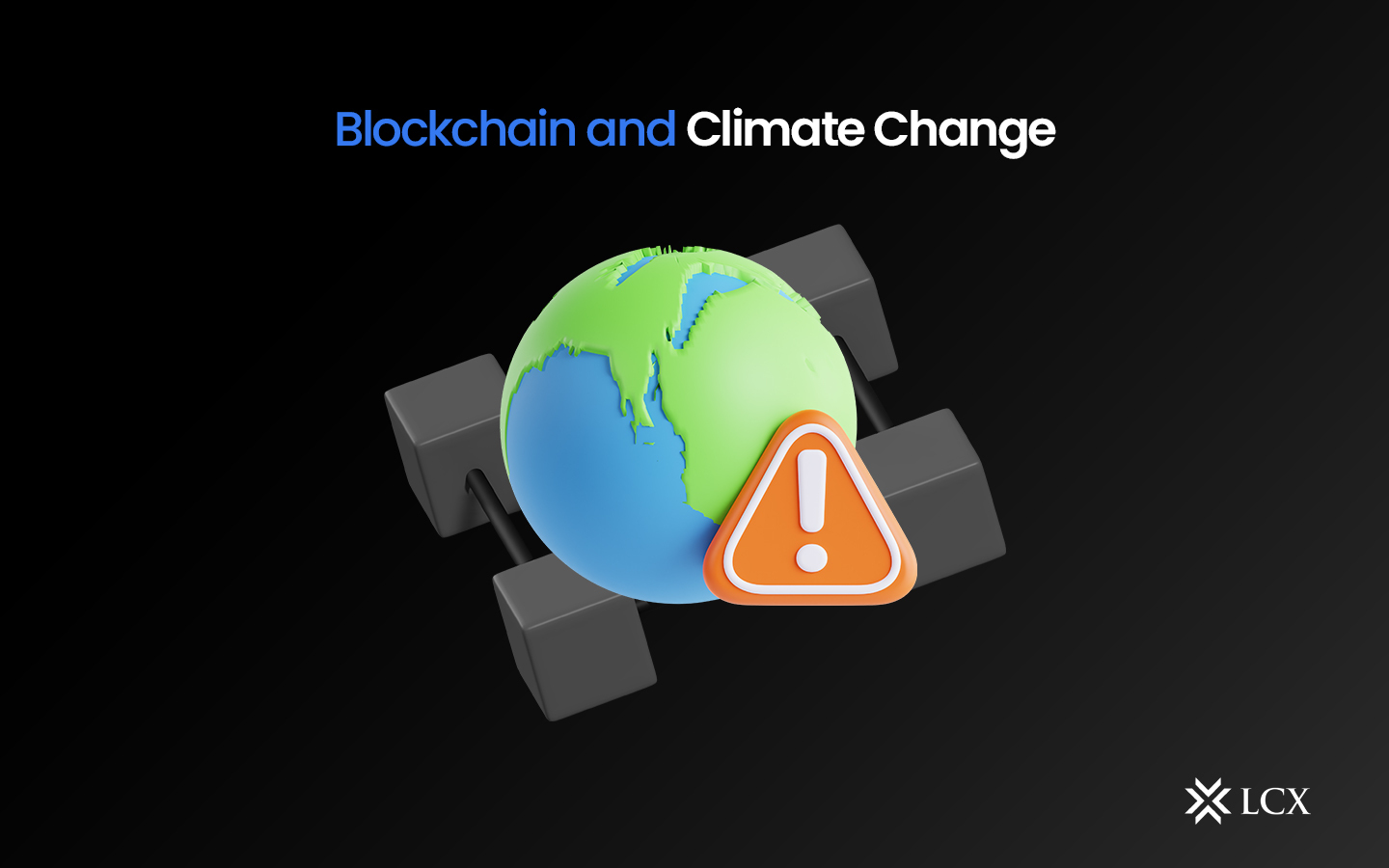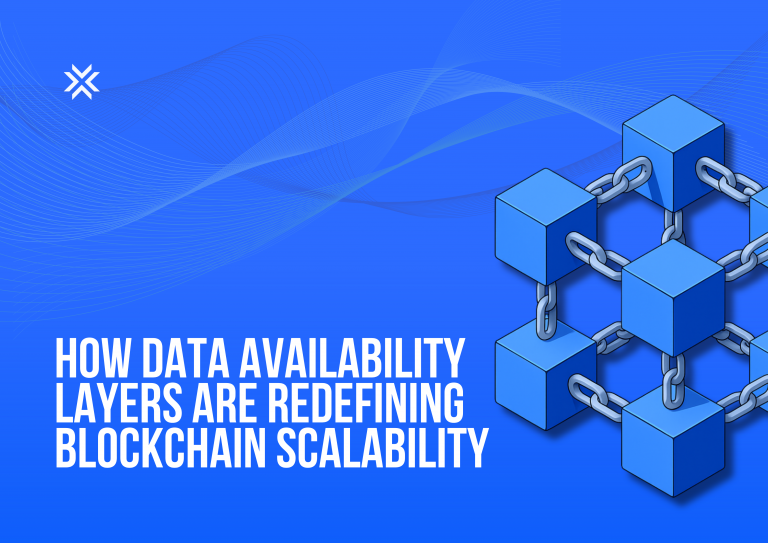In the past few years, with rising temperatures, melting ice caps, and an increase in the frequency and severity of extreme weather events, the effects of climate change have become increasingly apparent. There is an urgent need to avert climate change, and a variety of technologies and strategies are being researched to achieve this goal. One of these possibilities is blockchain technology, which has the potential to be highly helpful in the fight against climate change.
Blockchain is simply a digital, decentralized database that permits the secure, seamless transfer of data. Considering its inherent security, blockchain technology is frequently linked to the banking sector. Nevertheless, the technology has several applications in other industries that have yet to be exploited to their full potential. One such space is environmental derivatives, which can be revolutionized by blockchain and its capabilities.
How to Utilize Blockchain Technology to Combat Climate Change
The most essential prerequisite for developing effective climate change programs and policies is ensuring the correct and open attribution of climate data. Blockchain technology can be of huge assistance in the process. Its capacity to track and exchange data in a secure manner implies that it has the potential to dramatically impact climate change mitigation efforts.
Blockchain technology can be utilized for the creation and management of carbon credits, where carbon credits are marketable licences that allow the holder to emit a certain quantity of greenhouse gases, such as carbon dioxide. Businesses and organizations can purchase carbon credits, which can be exchanged on a market, to reduce their emissions.
Through the use of blockchain, carbon credit management may become more transparent and efficient. With a decentralized ledger, all carbon credit transactions may be tracked in real-time and recorded. Hence, fraud may be prevented and the intended usage of carbon credits can be ensured.
Likewise, renewable energy certificates can also be created and managed on the blockchain technology. Renewable energy certificates are typically provided by clean energy producers and can be purchased by governments or enterprises that wish to source a percentage of their energy from renewable sources or have carbon emission reduction targets to meet.
Nowadays, energy certificate trading is expensive and complicated. Transactions between operators are generally handled by intermediaries since they are difficult to detect and verify. A blockchain-based solution would eliminate the need for a third party, allowing providers and consumers to trade energy certificates more efficiently and at a reduced cost.
The distributed ledger system can provide scalability, transparency, standards, and identity verification. A further potential benefit of blockchain is that it could provide partial credits, allowing more small-scale buyers and sellers to participate in the market.
Some organizations, like IBM and the Energy Web Foundation (EWF) have launched their respective Renewable Energy Certificates (RECs) named enerT and Origin on blockchain technology. These tools help verify that the renewable energy generated is truly green, and the certificates can be traded on the blockchain to incentivize more renewable energy production.
How Blockchain Technology Can Improve Supply Chain Transparency to Tackle Climate Change
The management of supply chains is another area where blockchain technology is being utilized to combat climate change. Using blockchain to track the carbon footprint of products and materials across the supply chain, businesses can identify opportunities to reduce their carbon footprint and make more sustainable decisions. By boosting sustainable production and consumption, it is possible to dramatically cut greenhouse gas emissions.
The French retail giant Carrefour uses blockchain technology to track the origin of its products, including meat, milk, and fruits. Behind the initiative is the consumer’s growing desire for transparency regarding the provenance of its organic products and their production practices. Each item contains a QR code that, when scanned, provides access to a variety of information regarding the product’s life cycle, such as its origin, date of harvest, analysis findings, certificates received, and route travelled.
The Road Ahead
Utilizing blockchain technology to combat climate change is not without its obstacles and limitations. The need for compatibility and uniformity is a challenge. All stakeholders must agree on a common set of rules and procedures for blockchain to efficiently manage carbon credits and track emissions.
The scalability of blockchain technology is another challenge. Currently, many blockchain networks have limited capacity and can only perform a small number of transactions. This could become a bottleneck if blockchain is widely used to manage carbon credits or track emissions.
Lastly, there are concerns over the energy consumption of blockchain technology. Some of the environmental benefits of utilizing blockchain technology to combat climate change may be overshadowed by the energy requirements of blockchain transactions.
Although blockchain technology is still in its infancy as far as acceptance and development are concerned, its potential applications in combating climate change are promising. Blockchain can expedite the transition to a low-carbon economy by improving the openness, efficiency, and accountability of carbon emission regulation and promoting sustainable activities.
Yet, in order for blockchain to be successful in tackling climate change, obstacles and limitations must be surmounted. Ultimately, a combination of technology and solutions will be necessary to solve the urgent and complex problem of climate change.










